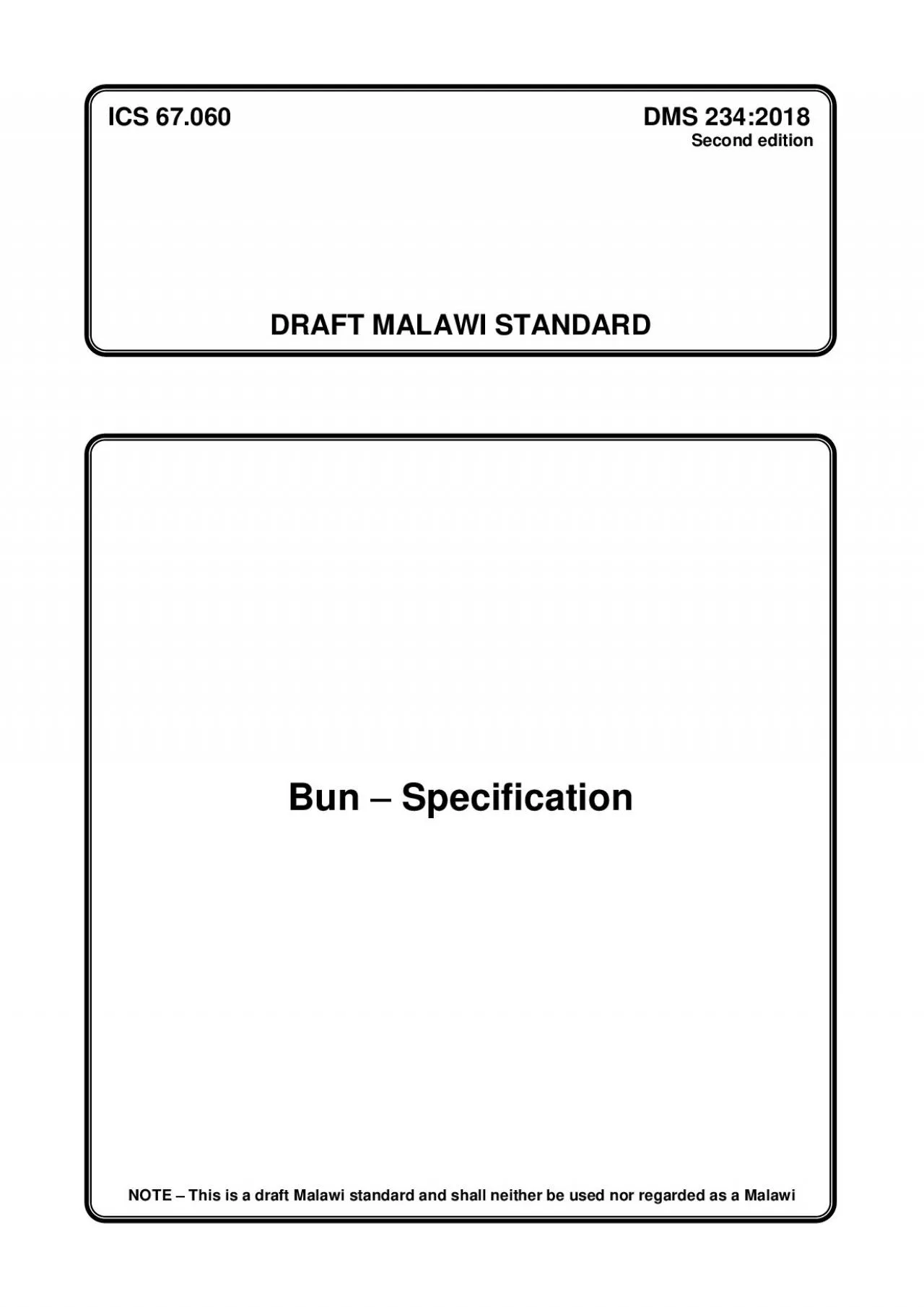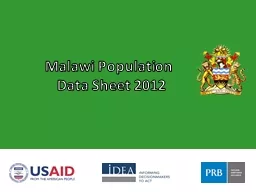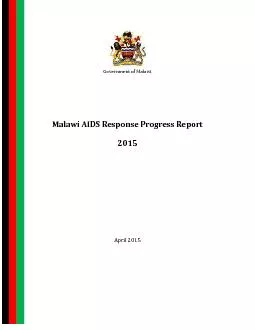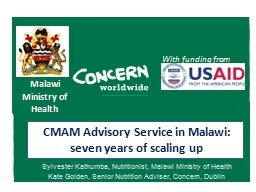PDF-DRAFT MALAWI STANDARD
Author : reagan | Published Date : 2022-08-20
a ICS 67060 DMS 234 2018 Second edition Bun Specification NOTE This is a draft Malawi standard and shall neither be used nor regarded as a Malawi standard ICS
Presentation Embed Code
Download Presentation
Download Presentation The PPT/PDF document "DRAFT MALAWI STANDARD" is the property of its rightful owner. Permission is granted to download and print the materials on this website for personal, non-commercial use only, and to display it on your personal computer provided you do not modify the materials and that you retain all copyright notices contained in the materials. By downloading content from our website, you accept the terms of this agreement.
DRAFT MALAWI STANDARD: Transcript
Download Rules Of Document
"DRAFT MALAWI STANDARD"The content belongs to its owner. You may download and print it for personal use, without modification, and keep all copyright notices. By downloading, you agree to these terms.
Related Documents














